6 Ways Vocal Exercises Help with TMJ
Over the years of teaching voice I have worked with many individuals that suffer from the frustrations of TMJ (Temporomandibular Joint Disorders) and came to find that a lot of what we do in vocal classes helps to ease the pain. Below is a list of ways that your vocal classes can help alleviate the symptoms and potential causes of the condition. Go to the video library for a multitude of workouts, many of which focus on jaw tension but for now, check this out:
1. Strengthening the jaw muscles: Vocal exercises can help to strengthen the muscles surrounding the jaw, which can help to alleviate tension and reduce pain associated with TMJ.
2. Improving jaw mobility: Vocal exercises that involve opening and closing the mouth, as well as moving the jaw from side to side, can help to improve mobility in the jaw joint and reduce stiffness.
3. Relieving stress and tension: Singing and vocal exercises can help to relax the muscles in the jaw and face, reducing stress and tension that can exacerbate TMJ symptoms.
4. Enhancing posture: Proper posture is important for maintaining proper alignment of the jaw joint. Vocal exercises that focus on posture and alignment can help to improve overall jaw health.
5. Increasing blood flow: Vocal exercises can help to increase blood flow to the jaw muscles, which can promote healing and reduce inflammation associated with TMJ.
6. Improving vocal technique: Working with a vocal coach or speech therapist to improve vocal technique can help to reduce strain on the jaw and vocal cords, leading to less tension and discomfort in the jaw joint.
For individualized workouts, sign up for a class today with the button below.👇

